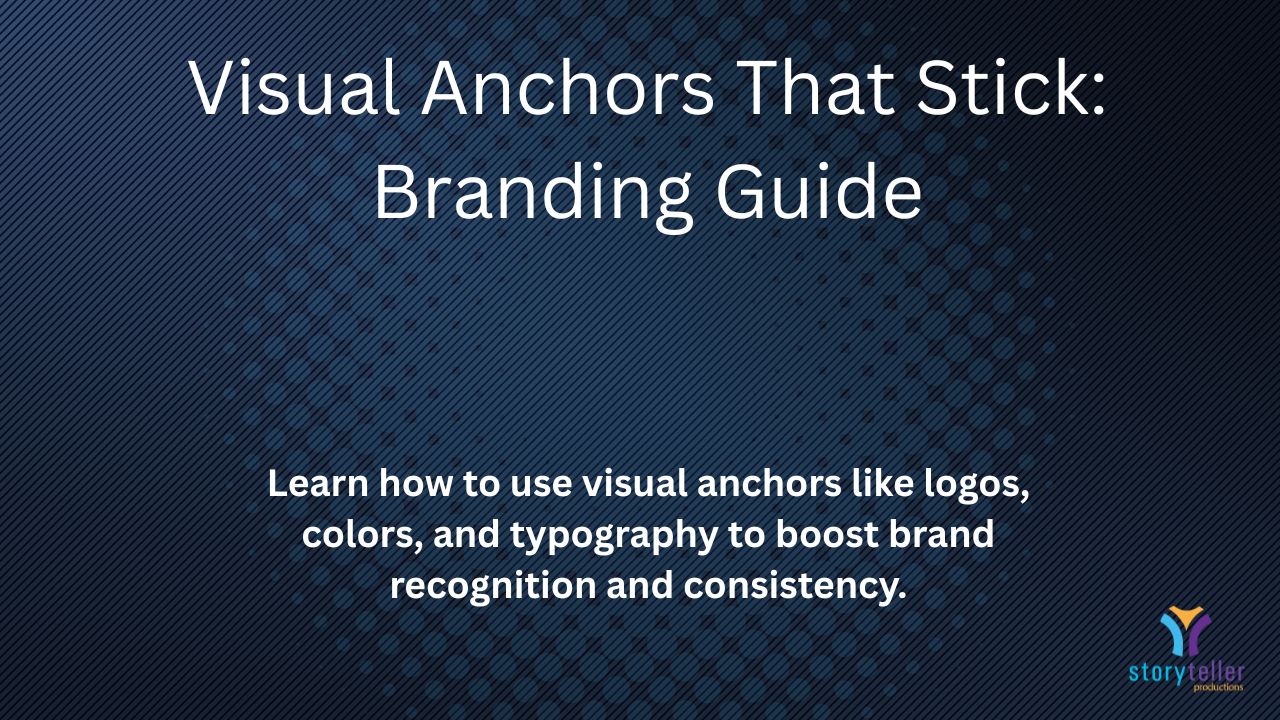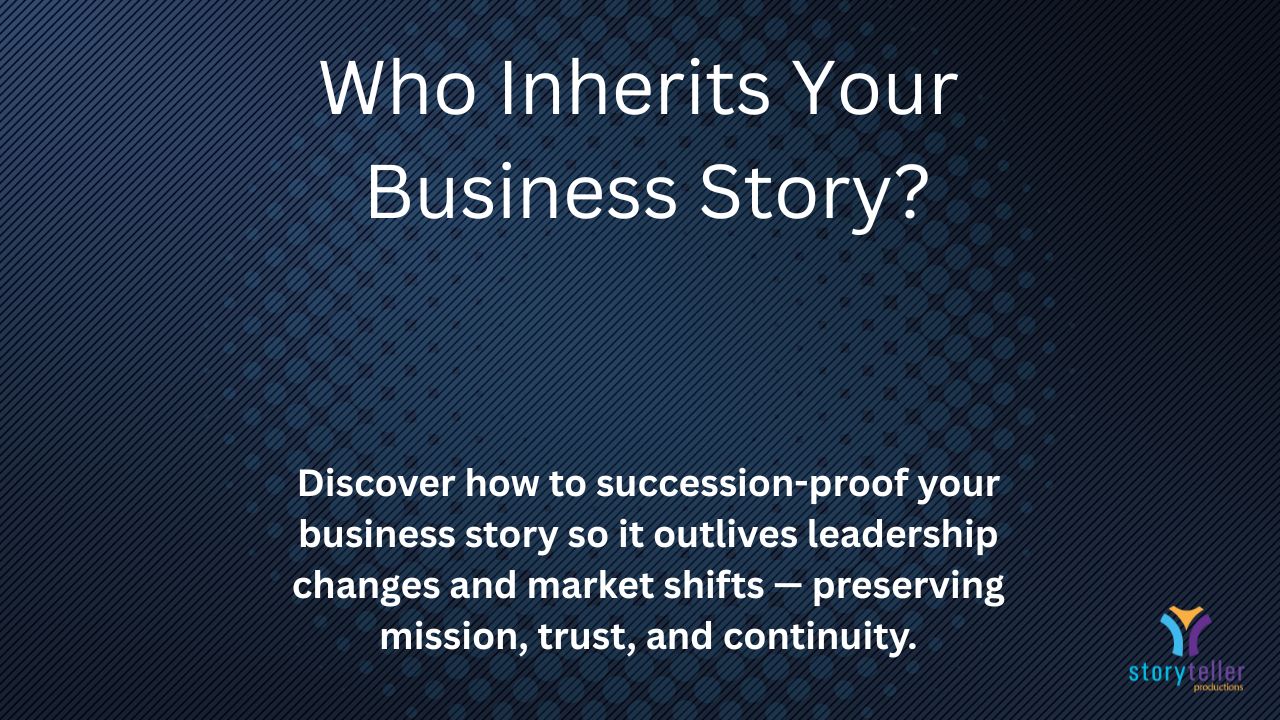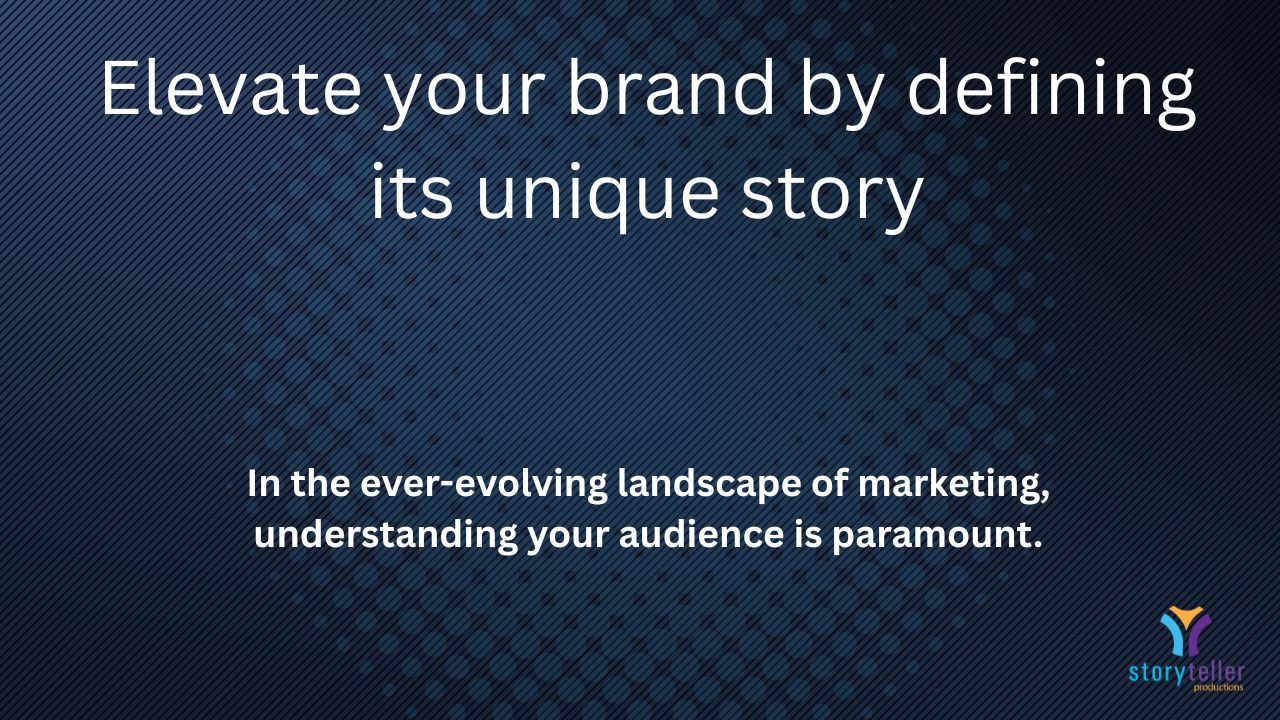Speak the Platform’s Language: A Practical Guide
In today’s digital landscape, brands, social media managers, and thought leaders face a challenge: every platform has its own culture, audience expectations, and algorithm. Post the same thing everywhere, and you’ll feel invisible. But tailor your story to the platform’s language, and suddenly your content feels native—and it resonates.
What Is Native Content (and Why It Matters)?
Native content blends into the platform environment. It enhances user experience rather than interrupting it.
- A short, snappy video thrives on TikTok.
- A polished infographic gains traction on Pinterest.
- A thought-provoking article builds authority on LinkedIn.
When your content looks and feels like it belongs, engagement skyrockets.
Social Algorithms: The Unseen Gatekeepers
Each platform’s algorithm determines what gets seen. Knowing how they work is half the battle.
- Facebook: Prioritizes conversation. Shares and comments matter more than likes.
- Instagram: Rewards saves, likes, and strong visual appeal.
- LinkedIn: Boosts professional insights and industry expertise.
- Twitter (X): Timeliness and interaction drive visibility.
The takeaway: content strategy isn’t just about what you say—it’s about saying it in the format the algorithm prefers.
Tailoring Content to Platform Culture
Facebook: Community Engagement
Facebook thrives on conversations and belonging.
- Share relatable stories.
- Use polls and questions to spark dialogue.
- Highlight user-generated content to build trust.
Example: A local bakery shares a customer’s wedding cake story, inviting others to share their own.
Instagram: Visual Storytelling
Instagram is a visual-first platform—if it doesn’t look good, it won’t work.
- Invest in high-quality photos and videos.
- Use Stories for raw, behind-the-scenes moments.
- Add hashtags strategically to boost reach.
Example: A travel brand posts breathtaking landscapes paired with captions offering local tips.
Twitter (X): Timeliness and Wit
On Twitter, speed and brevity win.
- Jump on trending topics quickly.
- Inject humor or sharp commentary.
- Use threads to unpack bigger ideas.
Example: A tech company riffs on a trending hashtag with quick product insights and fun facts.
LinkedIn: Thought Leadership
LinkedIn rewards expertise and generosity of knowledge.
- Publish industry insights and data-backed research.
- Share personal lessons from the field.
- Post long-form articles that encourage discussion.
Example: A digital marketer shares an SEO trends report that sparks peer-to-peer dialogue.
Actionable Strategies for Better Content
- Research platform trends: Stay on top of shifts in user behavior and features.
- Experiment with formats: Test videos, carousels, infographics, and long-form posts.
- Engage consistently: Reply, comment, and ask questions—algorithms love interaction.
Final Reflection
Tailoring your content isn’t extra work—it’s the work. When you align with each platform’s culture and algorithm, you stop fighting for attention and start earning it.
So here’s the question: How can you adapt your current content strategy to better fit the “native language” of the platforms you’re using?
Ready to go deeper? Subscribe to The Storyteller Advantage for weekly strategies on building content that cuts through the noise.




